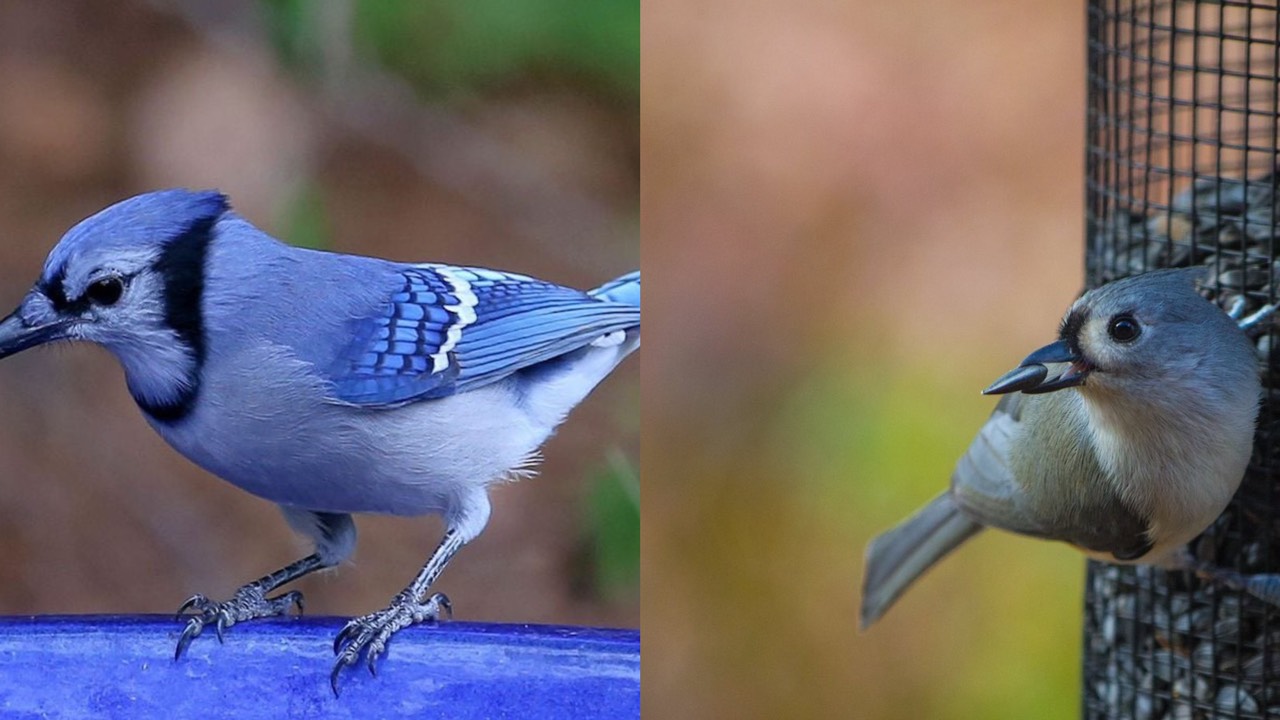
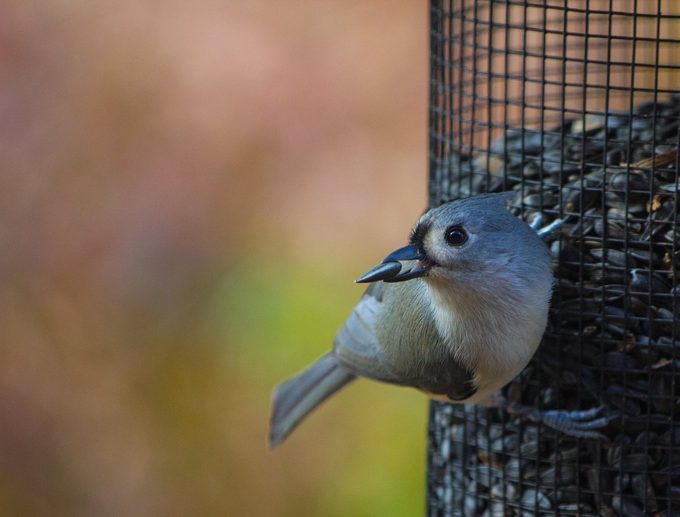
Every season brings tasks that backyard birders can do to encourage more birds to visit. Read on for easy ways to ensure great fall bird-watching in the months ahead.
Here’s how to plant a gorgeous fall garden your birds will love.
1. Offer High Protein Options to Migrating Birds
Stockpile all types of sunflower seeds. These offer the greatest amount of energy for the birds of fall and winter.
“I offer high protein foods like peanuts (both shelled and unshelled), suet, sunflower hearts and thistle seeds,” says Mindy Drexler of Canal Fulton, Ohio.
2. Provide Fresh Water
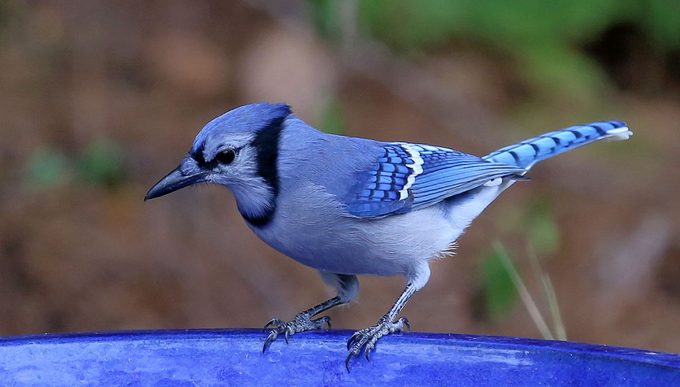
Birds that are migrating south need water to both refresh themselves and keep their feathers in good shape for smoother flying. An electric birdbath heater may be used to attract thirsty birds.
“Along with food, provide a water source,” says Judy Roberts of Graytown, Ohio. “Add a heater to your bird bath so it doesn’t freeze.”
Learn how to help birds in cold winter weather.
3. Switch to Fall Bird Feeders
For the best chance of attracting the widest variety of local and migrating birds, be sure to use multiple feeders. Switch to hopper-style feeders, which are more practical than tray feeders at times when the moisture from rain and snow can ruin food. Tube feeders work well in inclement weather, too.
Tube feeders attract fliers such as finches, sparrows and titmice; hopper feeders are shaped like little buildings, with a roof that protects seed and perches where birds like northern cardinals, grosbeaks and mourning doves can sit and eat.
4. Hang Up Suet Feeders
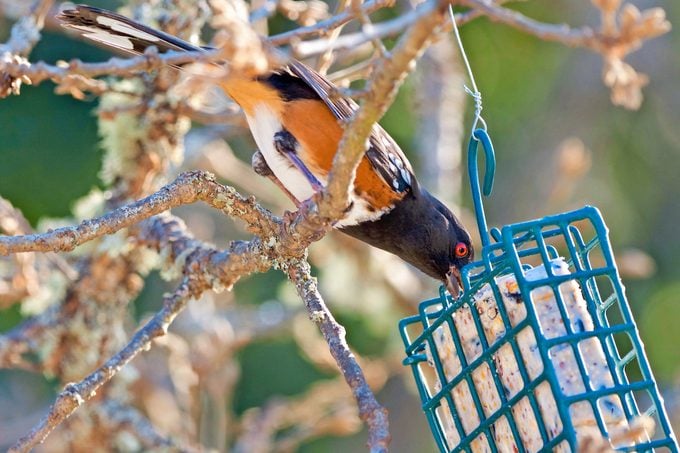
In the North, switch exclusively to suet and a few types of birdseed, as the birds that enjoy insects have gone south for the winter. Double the number of seed and suet feeders around your yard, as birds are currently flocking and there are many more mouths to feed. Woodpeckers and chickadees like to cling to suet feeders.
“I put out extra suet feeders for birds to fill up on during their migration stopovers,” says Christina Lorenzen of North Babylon, New York.
Check out homemade suet recipes for feeding birds.
5. Keep Hummingbird Feeders Up
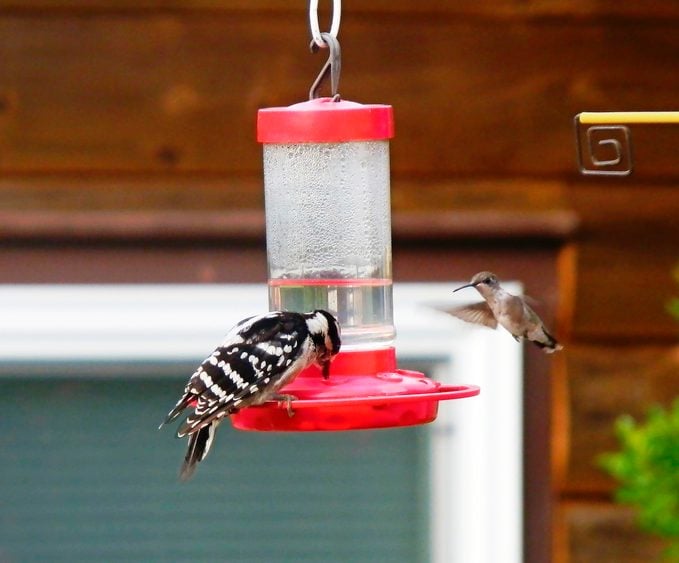
Orioles, hummingbirds and tanagers count on plenty of fruit, flowers and feeders on their way south, so they’ll likely stop for a sip of sugar water served in an oriole or hummingbird feeder. (Learn how to make your own sugar water for hummingbirds.) Keep feeders up until late fall. You never know what stragglers might pass by, and they’ll really appreciate the energy boost.
After the last of the orioles and hummingbirds have passed through your area, remove and clean all sugar-water feeders.
6. Practice Good Bird Feeder Maintenance
Check the condition of bird feeders and squirrel baffles to make sure they will make it through the winter. Clean your feeders and replace the ones you can’t repair. Protect stored bird food by securing it in waterproof garbage cans. Place bricks or bungee cords on top of lids to keep out raccoons and squirrels.
Check out the best squirrel-proof bird feeders and 12 tips that work.
7. Plant Berry Bushes
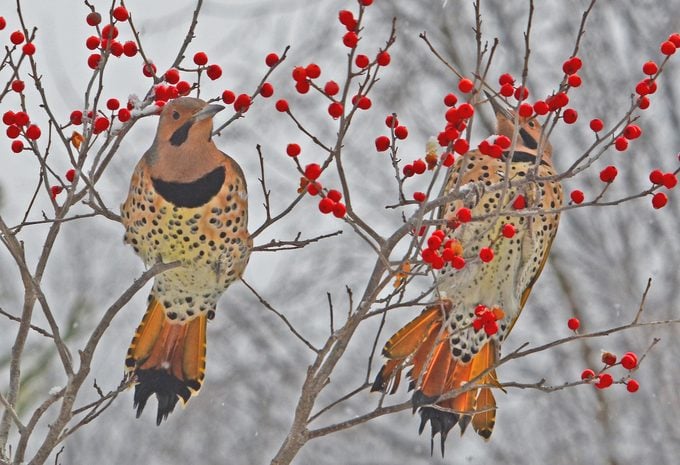
“Autumn birds that are ready to migrate are attracted to the berry bushes I have scattered throughout my yard,” says Liza Peniston of Augusta, Kansas. “As a plus, you don’t have to spend money on birdseed!”
Learn how to attract cedar waxwings.
8. Don’t Pick or Mow Spent Flowers
“I let dandelions grow in the fall and winter,” says Linda Taylor of Woodway, Texas. “Goldfinches visit them and eat their tiny thistlelike seeds.” Also leave up spent perennials so birds can eat the seeds.
Psst—watch your fall feeders for a red breasted nuthatch.
9. Stop Raking Leaves and Make Brush Piles
During your fall yard cleanup, collect woody plant clippings to create brush piles. These will protect ground feeding birds and other wildlife. Plant a few evergreen trees and/or shrubs around feeders to help birds hide from predators, and to offer security during cold winter nights.
“Leave the leaves!” says Beth Sullivan of Southaven, Mississippi. “Leaf litter provides a home for insects and small animals, and autumn birds are attracted to the bugs and seeds in the piles.”
Next, check out the best foods to feed birds in winter.





